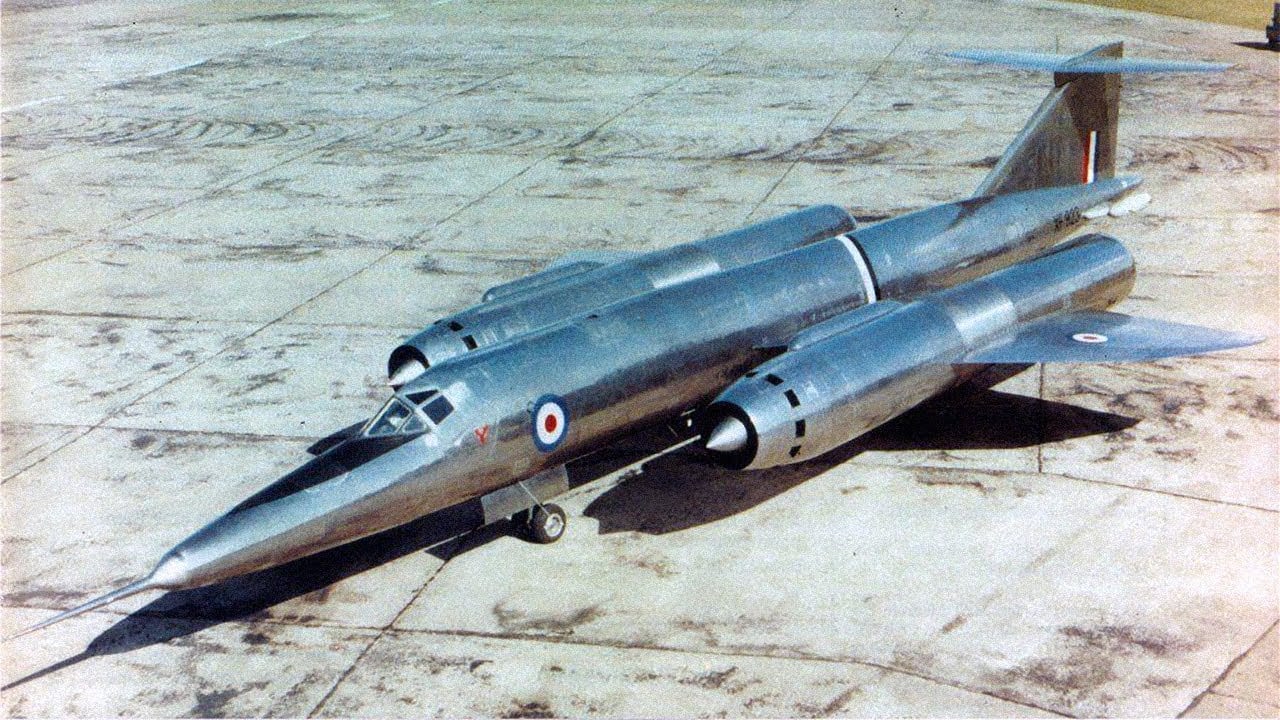The recent attack on a U.S. military base in Syria has raised significant concerns regarding the safety of American personnel deployed in the region. Three service members are currently being evaluated for potential traumatic brain injuries following a strike near Military Support Site Euphrates, a critical location along the strategically vital Euphrates River. The Pentagon's response, articulated by Maj. Gen. Pat Ryder, highlights the complexities of the ongoing conflict in Syria, where U.S. forces are caught amidst a volatile mix of Iranian-backed groups, Syrian military factions, and various militias. The attack's origins remain unclear, with Ryder emphasizing that subsequent U.S. strikes were conducted in self-defense, yet the broader implications of the U.S. presence in the region continue to unfold against a backdrop of escalating violence.
The implications of this incident extend beyond immediate military concerns, reflecting the precarious balance of power in Syria and the increasing frequency of attacks on U.S. forces. With over 900 American personnel in the country, the Pentagon reported a staggering 206 attacks on U.S. forces in the region since mid-October 2023, underscoring the heightened risks associated with U.S. operations in a landscape marked by shifting allegiances and ongoing conflict. The presence of A-10 Warthogs, reportedly engaged in self-defense operations, further complicates the narrative, as the U.S. maintains that it is not directly supporting Syrian rebels amid their offensive. This situation necessitates a reevaluation of U.S. military strategy in Syria, particularly as the conflict evolves and the threat landscape becomes increasingly intricate.









